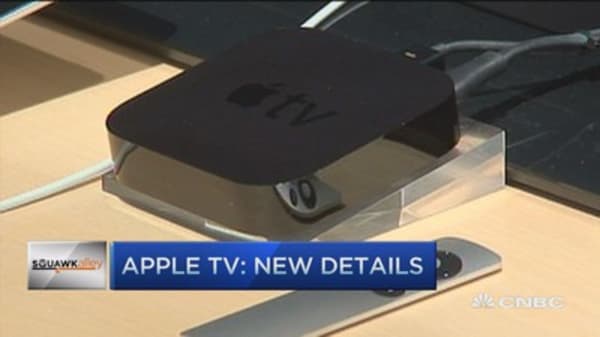Consumers are increasingly frustrated that they are paying for 700 channels when they really only watch 10. Preferences for the types of programming desired vary across socioeconomic categories. What cable companies are offering is a giant pile of disparate choices most of which no one wants.
The more streamlined offering model is not popular with cable operators as it reduces the subscription fees they can collect. There is a reason why Verizon — and soon, Apple — will be in litigation with companies like ESPN. While some consumers may rail at only having one or two ESPN channels, I suspect most will be comfortable without the other half a dozen or so ESPN offerings. In this newly proposed, unbundled world of television channels, those who want more can simply pay for more.
Read MoreCan Samsung Pay beat Apple Pay?
When viewers are asked what the biggest problem is aside from cost, the answer is that there's nothing on TV. What consumers are really saying is that there is nothing on TV that they want to watch that is available to watch right now. Not only do people not want most of the alternatives offered, they don't want to watch based on the dictated times by networks and programmers. The live-view model, despite working for sports and other special events, is a dying model. A demand model is clearly where the future resides.
While big cable providers are doing their best to move into the streaming world, companies that have significant experience with streaming media will likely have major advantages relative to legacy-modified alternatives. Netflix is a prime example of the streaming model that continues to capture share. A huge advantage Netflix has is that the cost of the service is a mere fraction of the typical cable bill that most consumers pay.
Read MoreCan Twitter avoid being the next MySpace?
So, will Apple TV change the face of television? It will and will be a part of a growing movement to provide more tailored alternatives in an on-demand basis through all distribution channels (including mobile). The cable companies will no doubt keep fighting in this new environment. But, at this point, it is less about expanding market share and more about reducing share erosion.
Read MoreGoogle's Alphabet move was brilliant




